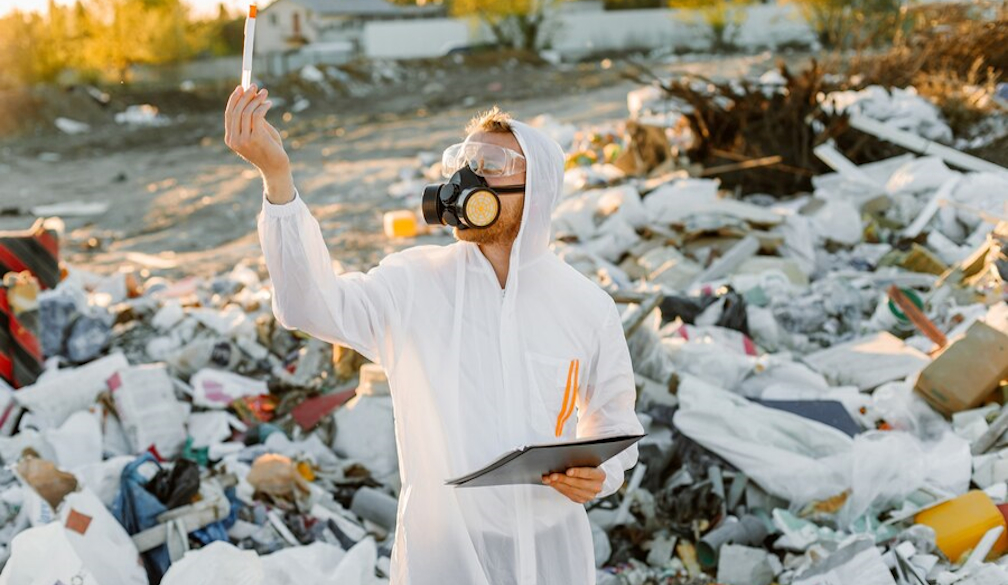7 Common Mistakes to Avoid in Professional Waste and Junk Removal

Professional waste and junk removal services are invaluable for efficiently clearing out unwanted items and debris from residential, commercial, and industrial spaces. However, certain mistakes can hinder the effectiveness of these services and lead to unnecessary complications. By understanding and avoiding these common pitfalls, you can ensure a smooth and successful Professional Waste & Junk Removal experience.
1. Lack of Planning
Failure to Schedule in Advance
One of the most common mistakes is failing to schedule professional waste & junk removal services in advance. Waiting until the last minute can result in limited availability and rushed decisions, potentially compromising the efficiency of the removal process.
Tip: Plan ahead by identifying the items to be removed, scheduling a suitable date for removal, and researching reputable service providers well in advance.
2. Not Sorting Items
Mixing Recyclables and General Waste
Failing to sort items before removal can lead to inefficient disposal practices. Mixing recyclables with general waste increases landfill contributions and misses opportunities for recycling valuable materials.
Tip: Sort items into categories such as recyclables, electronics, furniture, and general junk to facilitate proper disposal and recycling efforts.
3. Ignoring Safety Protocols
Lack of Protective Gear
Neglecting to use protective gear, such as gloves and masks, during waste and junk removal can pose health risks. Sharp objects, hazardous materials, and allergens present in junk items require precautionary measures.
Tip: Always wear appropriate protective gear to minimise the risk of injuries and exposure to harmful substances.
4. Hiring Unlicensed Services
Choosing Unqualified Providers
Opting for unlicensed or uninsured Professional Waste & Junk Removal services can result in unreliable practices and legal liabilities. Licensed providers adhere to industry standards and regulations for responsible waste disposal.
Tip: Verify the credentials of service providers, including licenses, insurance coverage, and adherence to local waste management regulations.
5. Overlooking Recycling Opportunities
Disposing of Reusable Items
Disposing of reusable items as junk overlooks opportunities for recycling and donation. Valuable materials and household goods can be repurposed or donated to benefit others and minimise environmental impact.
Tip: Prioritise recycling efforts by identifying items suitable for donation or recycling before scheduling removal services.
6. Inadequate Communication
Failure to Provide Clear Instructions
Miscommunication regarding access points, special handling instructions, or specific items for removal can lead to delays and misunderstandings during the removal process.
Tip: Clearly communicate expectations and requirements to the removal team to ensure a smooth and efficient experience.
7. Not Evaluating After Removal
Failure to Inspect Cleared Areas
Neglecting to inspect cleared areas after Professional Waste & Junk Removal services can result in overlooked items or unfinished tasks. It's essential to verify completion and address any remaining concerns promptly.
Tip: Thoroughly inspect cleared areas to confirm all designated items have been removed and provide feedback to the removal team for improvement.
Conclusion
Avoiding these common mistakes in Professional Waste and Junk Removal can enhance efficiency, safety, and environmental responsibility. By planning ahead, sorting items, prioritising safety, verifying credentials, maximising recycling opportunities, fostering clear communication, and evaluating results, you can ensure a successful removal process. Choose reputable service providers like Professional Waste & Junk Removal to achieve clean, clutter-free spaces with minimal hassle and maximum satisfaction.

